 |
Satish Lele lelepiping@gmail.com |
View this page as YouTube Video Presentation
Process Flow Diagram is a simple illustration that uses process symbols to describe the primary flow path through a unit. A process flow diagram provides a quick snapshot of the operating unit. Flow diagrams include all primary equipment and flows. A technician can use this document to trace the primary flow of chemicals through the unit. Secondary or minor flows are not included. Complex control loops and instrumentation are not included. The flow diagram is used for visitor information and new employee training.
New technicians are required to study a simple flow diagram of their operating system. Process flow diagrams typically include the major equipment and piping path the process takes through the unit. As operators learn more about symbols and diagrams, they graduate to the much more complex P&IDs.
Piping and Instrument Diagram is more complex. The P&ID includes a graphic representation of the equipment, piping, and instrumentation. Modern process control can be clearly inserted into the drawing to provide a process technician with a complete picture of electronic and instrument systems. Process operators can look at their process and see how the engineering department has automated the unit. Pressure, temperature, flow, and level control loops are all included on the unit P&ID.
Process technicians use P&IDs to identify all of the equipment, instruments, and piping found in their units. New technicians use these drawings Knowing and recognizing these symbols is important for a new technician. The chemical processing industry has a symbol for each type of valve, pump, compressor, steam turbine, heat exchanger, cooling tower, basic instrumentation, reactor, distillation column, furnace, and boiler. There are symbols to represent major and minor process lines and pneumatic, hydraulic, or electric lines, and there is a wide variety of electrical symbols.
Some symbols are common among plants, others differ from plant to plant. Some standardization of process symbols and diagrams is taking place. The symbols used in this chapter reflect a wide variety of petrochemical and refinery operations.
Piping & Instrumentation Diagram is the second step in development of a project. It shows relation between different equipments, with regard to flow of chemicals.
P & I D is the controlling document and Pipe detailing is governed by this. The sequence of valves and instruments in Detailed Engineering drawing should be as per P & ID. It is also important for preparing Material Take-off for valves, instruments etc.
Loop Diagrams: A loop diagram traces all instrument connections between the field instrument and the control room panel. This includes instrument air lines, wiring connections at field junction boxes, and control room panels and front connections connections.
-
Some important points highlighted in P & I Diagrams are
- Equipment : Different symbols are used for different equipments. The details about the equipments are given either at top or at the bottom. The details given are
- Equipment Number : Different letters are used for different equipments followed by 3 digit number. First number is same as the number of P & ID and next two are sequential number for the equipment. eg. CP-101. The first letter shows name of the plant and second letter shows name of equipment. Different letters used for different equipments are
- T : Tank or vessel
- P : Pump
- H : Heat Exchanger
- R : Reactor
- C : Compressor
- Size : The size is given for tanks, vessels.
- Capacity : It is given as volume / time basis, eg for a pump or distillation unit.
- Material of Construction : It can be SS, CS, Titanium or lined metals.
- Equipment Number : Different letters are used for different equipments followed by 3 digit number. First number is same as the number of P & ID and next two are sequential number for the equipment. eg. CP-101. The first letter shows name of the plant and second letter shows name of equipment. Different letters used for different equipments are
- Flows : Most of the flows in P & I Ds enter from left or right and direction of flow is shown at the end. The arrow at the end also shows the number of originating equipment and number of originating P & ID. Flow direction in all lines is shown with a small arrow.
- Line Number : Each line is given a unique number and written above the line. It has 4 parts separated by -. It is Line size - Service Fluid - Line number - Material Specification. 3 digit number. First number of line number is same as the number of P & ID and next two are sequential number for the line.
- Spec Break : If a line has part of the line with different spec, a spec break is shown and the two specs are shown in two directions.
- Left Arrow : Incoming or Outgoing flow arrow with originating or next P & I D Number written in the arrow.
- Right Arrow : Incoming or Outgoing flow arrow with originating or next P & I D Number and written in the arrow.
- Insulation on a Line : Type of insulation on line.
Different symbols used are
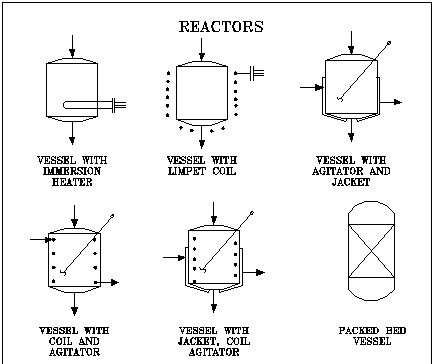
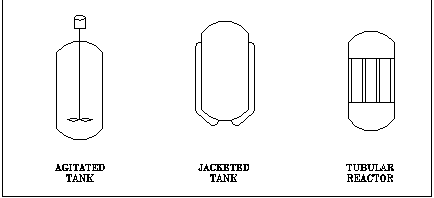
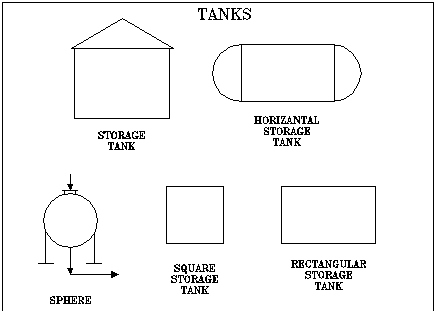
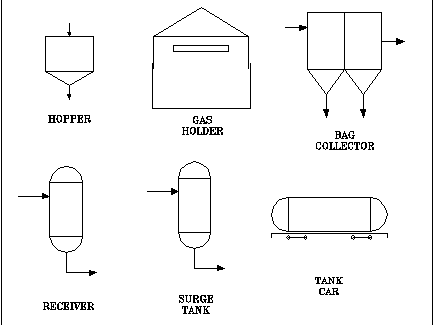
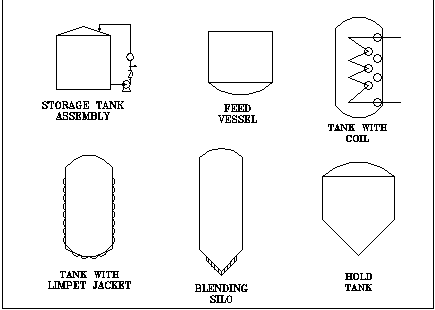
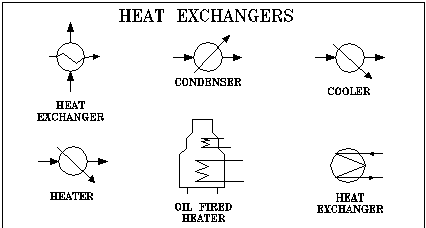
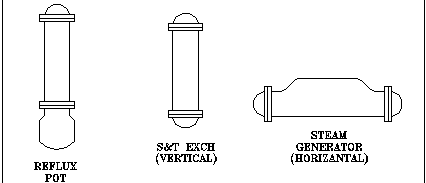
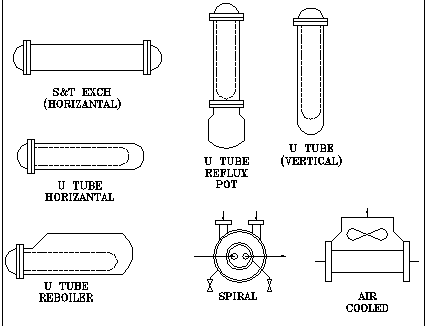
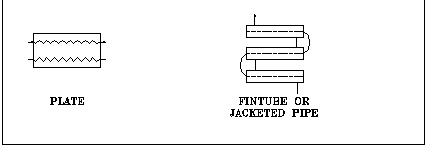
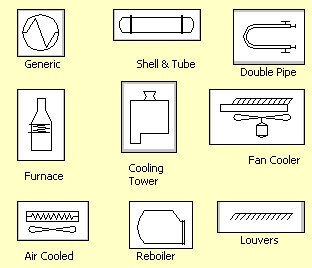
Filters : These are inbetween the lines
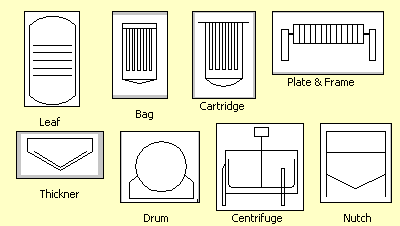
Mixers / Agitators: Static Mixers are equipments placed inline, while agitators are generally placed placed in vessel for mixing contents.
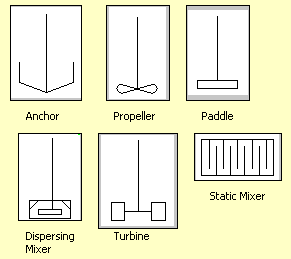
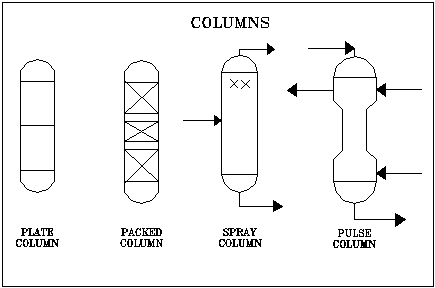
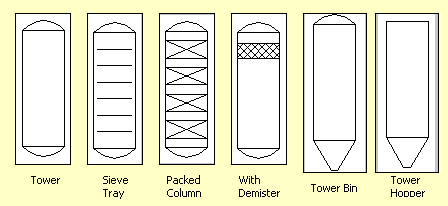
Pumps
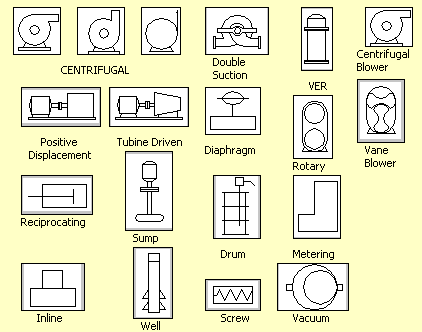
Compressors
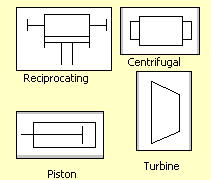
Solid Handling
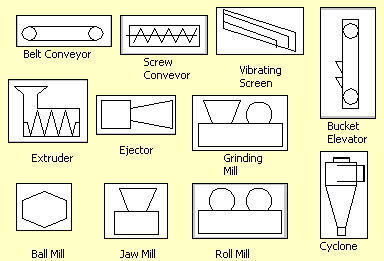
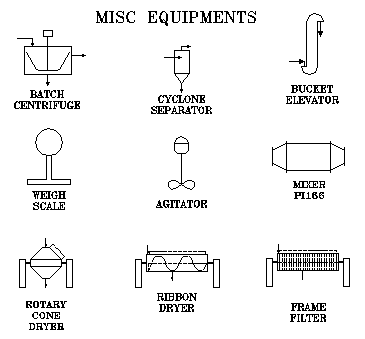
Drivers : These give power to the equiments.
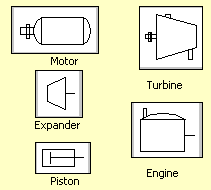
Different instruments / Fittings used in lines
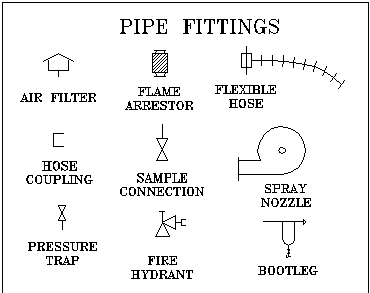
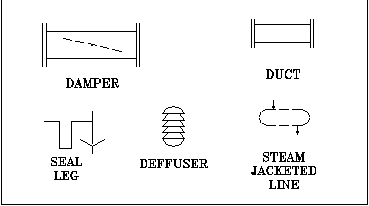
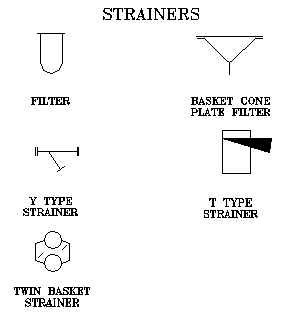
Hose

Vent
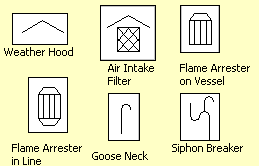
Trap
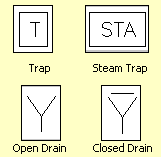
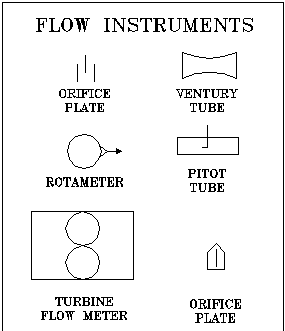
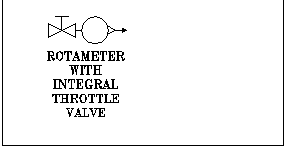
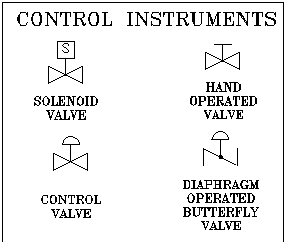
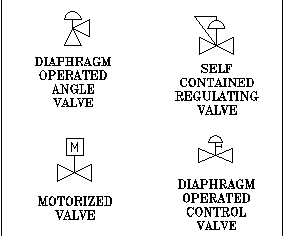
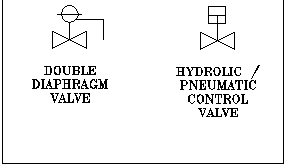
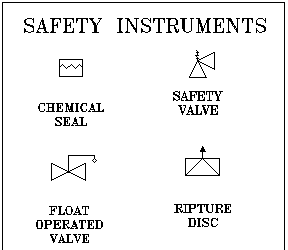
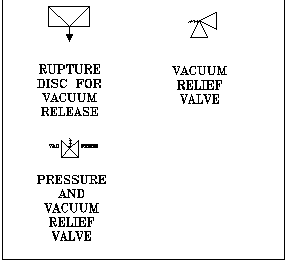
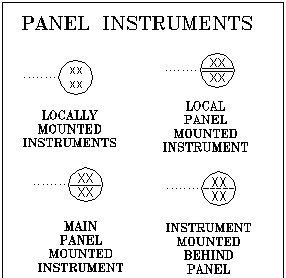
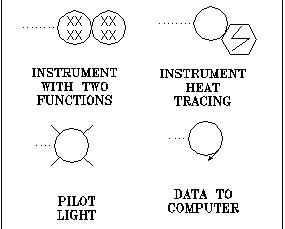
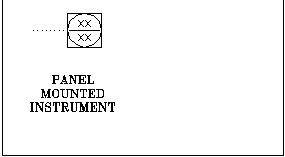
Valves : : There are different types of valves. Commonly used valves, Control Valves, Uncommon and Jacketed valves.
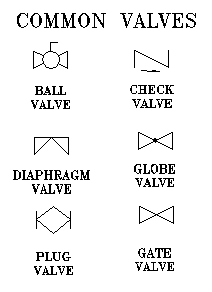
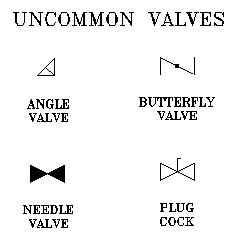
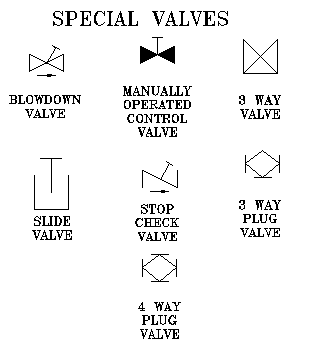
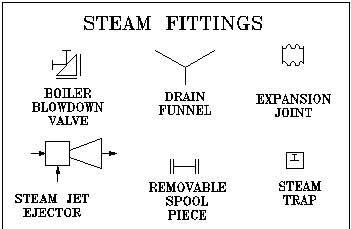
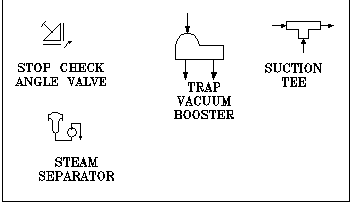
Insulation
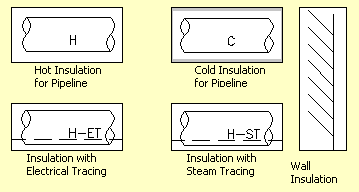
Spectacle Blinds
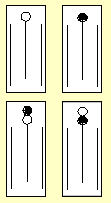
 to get all the information as a eBook
to get all the information as a eBook
